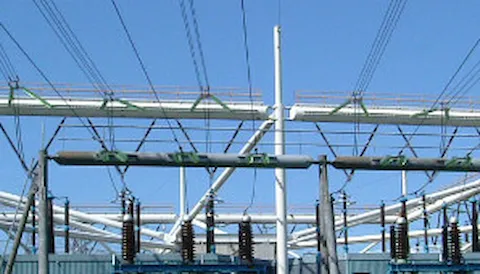Power system damping analysis tool
DNV’s data-driven PSDAT tool allows utilities, service providers and consultants to evaluate damping on large power system networks
Modern power systems are becoming increasingly stressed due to fundamental changes in system characteristics. These include rapid load growth, renewable penetration, increased Flexible Alternating Current Transmission System (FACTs) devices and changes in load characteristics.
With appropriate upgrades requiring long lead times, many power systems around the world are experiencing a growth in oscillatory instability problems. System operators and utilities typically quantify these instabilities through a damping analysis on transient stability results.
In North America, the NERC TPL-001-4 standard requires systems to demonstrate sufficient damping for the entire range of planning contingency events (P1-P7 events). Utilities and system operators consider a damping of around 3-5 % as acceptable.
Given these trends and technical requirements, power system planners and operators need tools with which to evaluate damping based on simulation results.
Comprehensive damping analysis tool
DNV’s Power System Damping Analysis Tool (PSDAT) provides a solution that allows for evaluation of damping on large power system networks.
Addressing the needs of utilities, power system consultants and Independent System Operators (ISOs), this data-driven tool incorporates several key features:
- Seamless integration with commercially available transient stability packages and the ability to use their output files for damping analysis
- Use of modal analysis approaches in conjunction with power system process automation techniques that enable PSDAT to evaluate thousands of system responses in a short time
- Ability to identify dominant modes and differentiate between dominant and the spurious modes based on the relative energy of each mode




